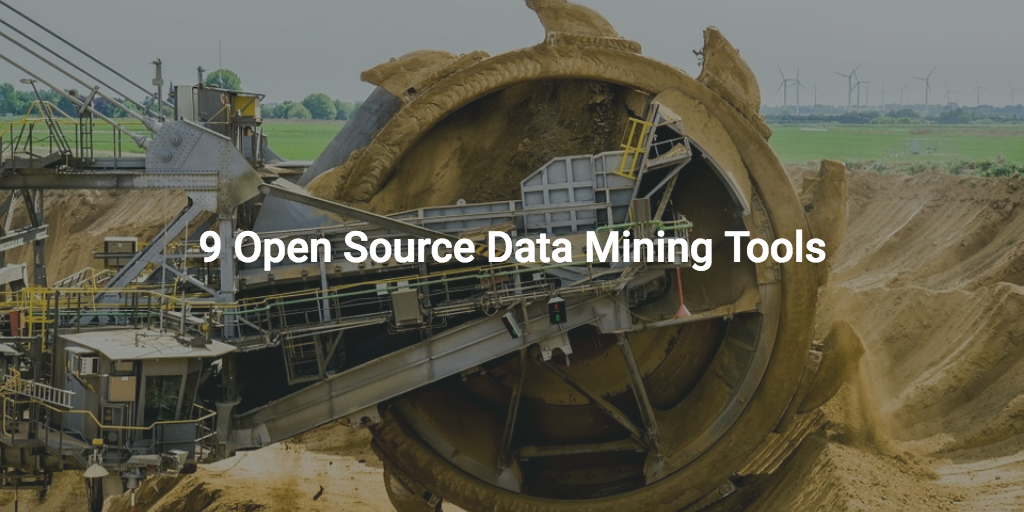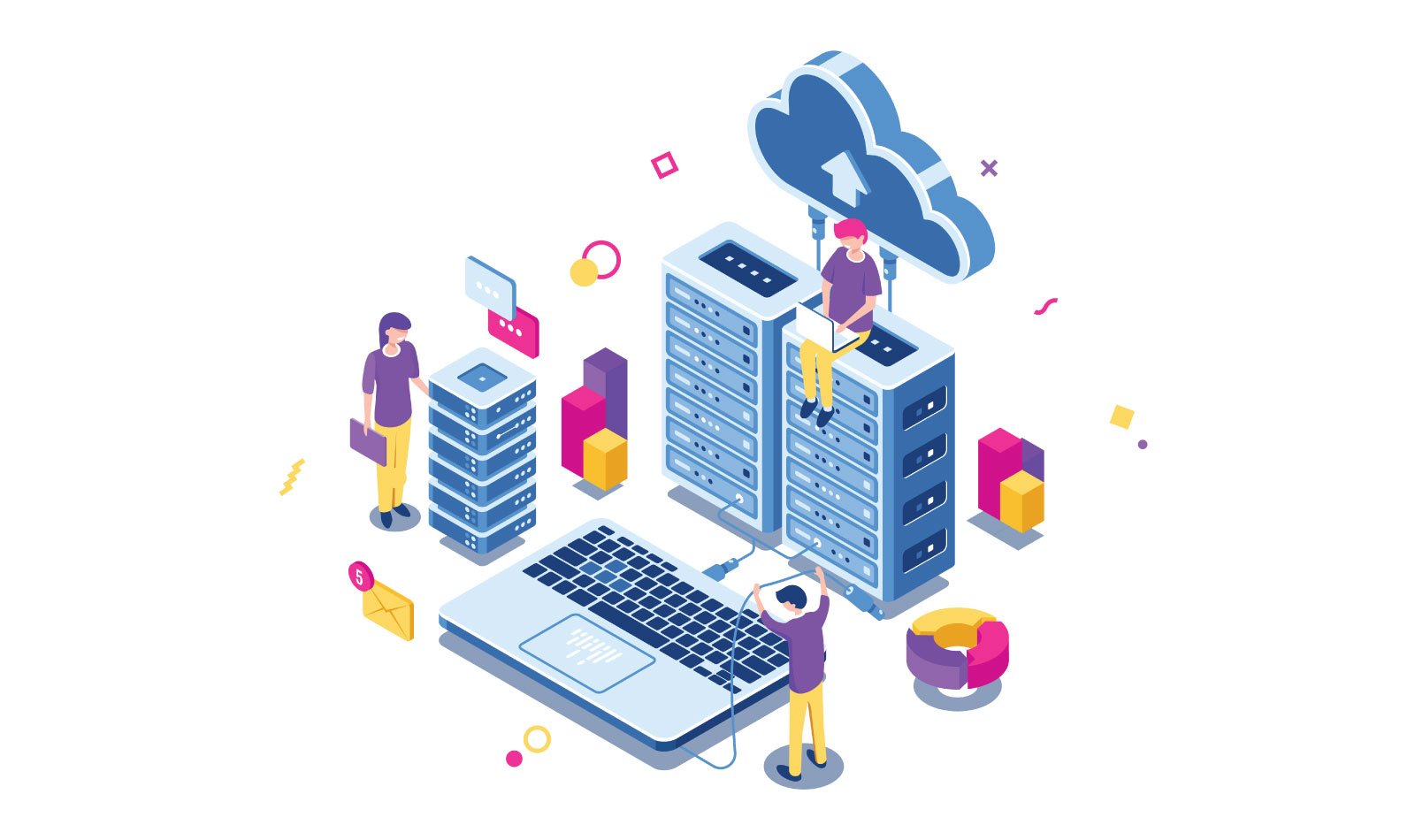Data Mining Tools
Data mining can be difficult, especially if you don’t know what some of the best free data mining tools are. At Springboard, we’re all about helping people to learn data science, and that starts with sourcing data with the right data mining tools.
Last year, the data mining experts at KDnuggets.com conducted regular surveys of thousands of their readers. Here’s their list of the 10 most popular free data mining tools, with reader share percentages and a comparison to the previous years:
List of data mining tools and share (among KDnuggets readers):
| Data Mining Tool | 2017 Share | 2016 Share | 2015 Share | 2014 Share |
| R | 52% | 49% | 46.9% | 38.5% |
| RapidMiner | 32.8% | 32.6% | 31.5% | 44.2% |
| SQL | 34.9% | 35.5% | 30.9% | 25.3% |
| Python | 52.6% | 45.8% | 30.3% | 19.5% |
| Excel | 28.1% | 33.6% | 22.9% | 25.8% |
| KNIME | 19.1% | 18.0% | 20.0% | 15.0% |
| Hadoop | 15.0% | 22.1% | 18.4% | 12.7% |
| Tableau | 19.4% | 18.5% | 12.4% | 9.1% |
| SAS | — | 5.6% | 11.3% | 10.9% |
| Spark | 22.7% | 21.6% | 11.3% | 2.6% |
Notice that the old standby, Excel, took a dive this year. The more powerful Python and Spark made the most significant gains on the list. Spark’s popularity reflects the expansion of Hadoop and big data tools into mainstream business. A few popular tools that didn’t make the list top data mining tools include H2O (0xdata), Actian, MLlib, and Alteryx.
Similarly, SAS has been seeing decline in usage since 2015. In 2014, SAS was considered among the top 4 main languages for analytics, data mining, and data science. In 2017, SAS has no longer made the list of top 5 languages.
Wondering which of these data mining tools might be most relevant for you? Here’s some more information to help you narrow down the list and identify the best data mining tool to use.

1. R
There’s no mystery why R is the superstar of free data mining tools on this list. It’s free, open source and easy to pick up for people with little to no programming experience. It runs on a variety of UNIX platforms, Windows, and Mac OS. Some people have even referred to R as “Excel for a new generation.” There are literally thousands of pre-built packages available for you to download so you can start running the most advanced algorithms against extremely large data sets.
R is a powerful data mining tool because it allows it allows you to perform three different tasks all within one platform:
- Data Manipulation: Developers can slice large multivariate datasets easily, allowing for a format that is easy to analyze and digest.
- Data Visualization: Once you have sliced your dataset, you can use shelf graph functions in R to visualize the data. This visualization can include animated and interactive graphs.
- Data Analysis: R has over 4,000 packages that perform statistical analysis.
2. RapidMiner
RapidMiner and R are at the top of their games in terms of popularity and usage. RapidMiner tends to be the preferred choice for startups and next-gen “smart plant” manufacturers. Mobile apps and chatbots tend to depend on this software platform for machine learning, rapid prototyping, app development, text mining and predictive analytics for customer experience.
RapidMiner is an open source predictive analytic software that can be used when getting started on any data mining project. A free desktop version is available, which allows the use of 4 accelerators: Direct Marketing, Predictive Maintenance, Churn, and Sentiment Analysis. You can use either the free sample data sets to walk through using this product or swap the data with your own.
Get To Know Other Data Science Students
Jonathan King
Sr. Healthcare Analyst at IBM
Garrick Chu
Contract Data Engineer at Meta
Joy Opsvig
Data Science Apprentice Engineer at LinkedIn
3. IBM SPSS Modeler
If you’re working on large-scale projects like textual analytics, you’ll find the IBM SPSS workbench and its visual interface extremely valuable. It allows you to generate a variety of data mining algorithms with no programming. You would also use this for anomaly detection, Bayesian networks, CARMA, Cox regression and basic neural networks that use multilayer perceptrons with back-propagation learning. Not for the faint of heart.
This data mining tool can be purchased through a monthly subscription and at the moment they are offering a 30 day free trial for those interested in having a taste of how these predictive analytics can change the game of improved decision making.
4. SAS Data Mining
Turn to this tool for enterprise-level work, as users do not necessarily need statistical skills to generate models using this data mining tool. Utilizing the SAS Rapid Predictive Modeler, nontechnical users are guided through a set of data mining tasks.
It captured leading top-right-corner evaluations by Forrester and Gartner, so the investors will be on board. SAS is also a good choice for predictive market models dimension-reduction techniques and creating interactive visualizations for presentations and better decision making. You can only access a limited free version of this software through educational institutions. If you do contract work for a large organization that runs SAS Enterprise, take advantage of every moment.
5. Python
As a free and open source language that can be downloaded and installed on your computer, Python is most often compared to R for ease of use. Unlike R, Python’s learning curve tends to be so short it’s become legendary Python has grabbed the hearts of many aspiring data scientists and machine learning engineers in the field of data science. Many users find that they can start building data sets and doing extremely complex affinity analysis in minutes, making this an extremely effective and efficient data mining tool. The most common business-use case-data visualizations are straightforward as long as you are comfortable with basic programming concepts like variables, data types, functions, conditionals and loops.
If you are new to Python, there are plenty of books as well as tutorials that will help you to understand Python editing.
6. Orange
A great example of what Python can create, Orange is a software suite of machine learning components and data manipulation processes. It’s free and ideal for beginners, coming with multiple tutorials with preloaded data mining workflows. The most common visualizations needed for a professional career are just a few clicks away, including text mining, heat maps, dendrograms and scatter plots. Orange makes this list of best, free data mining tools because of its super easy interactive visuals that can be made by anyone, beginner or advanced! Advanced users of Orange can also use it as a Python library for data manipulation and altering widgets. Orange even learns your preferences as you use it.
7. KNIME
People with database backgrounds are more comfortable with KNIME‘s user-friendly framework. It’s built on the idea of modular data pipe-lining and interactive tables. The name is short for Konstanz Information Miner, referring to the German university where it was born. This tends to be the first choice of those in life sciences, who extol the virtues of its intuitive GUI.
For those who are new to this data mining tool’s platform, KNIME has put together a series of short courses to better understand data science and how to use the platform effectively.
8. Spark
The attraction of Spark is plowing through vast oceans of data center traffic with ease. Spark jobs run by Python are being deployed in data-intensive projects by everyone from NASA to Amazon. If you’re moving into a big data or network edge/IoT career, you’ll probably need to know Spark eventually, one of the best open source data mining tools to deal with massive amounts of data. Spark is set apart from other data mining tools because of its overall simplicity, speed, as well as its support of a large amount of programming languages including Python, R, Java, and Scala.
Spark started in 2009 as a project at University of California, Berkeley within the AMPLab and is now taking a good share of usage as a top data mining tool. It’s funded by some corporate backers such as Databricks, IBM, and Huawei. To better understand Spark, you can download a free ebook that shares with you all the wide ranges of usage of Spark.
9. H2O
If you want to get out on the cutting edge, start learning H2O. In its less than five years, it’s been installed thousands of times, with applications for fraud detection at PayPal and customer metrics for the popular WordPress plugin ShareThis. Like R, it has a very active and enthusiastic user community that’s propelling its growth. H20 makes the list of top data mining tools because of its fast and accurate in-memory processing of large data sets, its scalability with big data, and its ease of use.
In 2018, H2O was named a leader among the 16 vendors described by Gartner’s 2018 Magic Quadrant for Data Science and Machine Learning Platforms. It is used by companies including ADP, Capital One, Kaiser Permanente, Comcast, Macy’s, and Cisco.
Before you make a final decision on which is the right data mining tool for you, start from the end, and work backward. Are you digging for information to find:
- Actions predictive of customer behavior?
- Ways to improve efficiency or quality in production?
- Recurring patterns in market movements?
- Irregularities that indicate fraud?
- Deeper insights into natural laws?
- Something that’s never been done before?
Apply your data mining skills to help you select the right tool for the job. Ideally, you would try everything in this data mining tools list (and more) in the near future to acquire firsthand experience as to which are the best data mining tools for you with your individual approach to comprehending the implications of the data.
Related Read: 10 Best Data Mining Courses To Grow Your Data Skills
Do you think we’ve missed one of your best data mining tools? Let us know!
Since you’re here…
Curious about a career in data science? Experiment with our free data science learning path, or join our Data Science Bootcamp, where you’ll get your tuition back if you don’t land a job after graduating. We’re confident because our courses work – check out our student success stories to get inspired.






